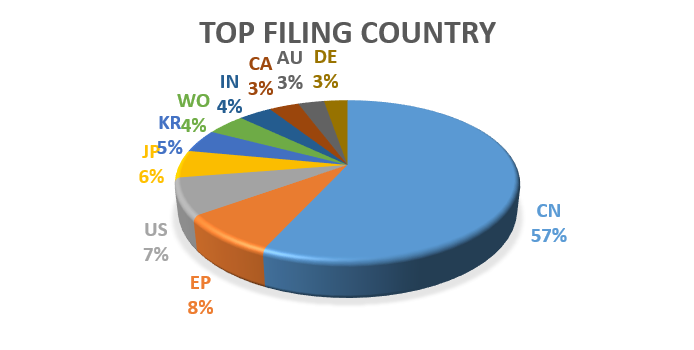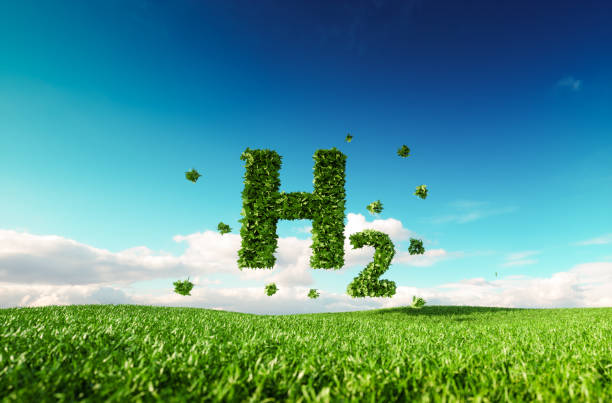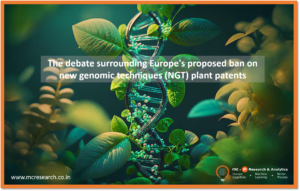The conventional electrolysis process discovered by English scientists William Nicholson and Sir Anthony Carlisle gave the base to potential use of hydrogen as a fuel and also presented it in the popular work of fiction titled The Mysterious Island. Later, Boyle and Cavendish noticed hydrogen’s distinct property from other gases that hydrogen gas is very flammable and less dense comparatively. Specifically, it quickly and violently undergoes a combustion reaction with oxygen. Parallel to this, various types of research were going on for use of hydrogen in building fuel cells but it didn’t get attention until Francis Thomas Bacon’s fuel cells proved reliable enough to attract the attention of the Apollo spacecraft fuel cells during the second world war.
As we say problems are the drivers of innovation. In the mid-90s new government agencies were developing fuel cell technology. Any other sources (like oil) of fuel were ruled out because of size, toxicity, and cost. Hydrogen-based Bacon’s fuel was used to get on board electricity, heat, and water for astronauts aboard the famous Apollo spacecraft.
Why Hydrogen is the fuel of the Future?
Apart from fuel, it is also used in various feedstock like chemicals such as fertilizers and products such as steel, food, etc. With growing popularity, it is now common to find major energy or industrial projects that are associated with the production of hydrogen.
The importance of hydrogen is also reflected in the Net Zero Emissions Scenario. Strong hydrogen demand growth and the adoption of cleaner technologies for its production thus enables hydrogen and hydrogen-based fuels to avoid up to 60 Gt (write full form here of Gt) CO2 emissions in 2021-2050 in the Net Zero Emissions Scenario, according to IEA report.
In this sense, recent public-private projects and investments aim to reinforce the hydrogen value chain and the associated technologies, intending to guarantee its development and make this element one of the future exponents of the energy. Sustainable sources of energy like green hydrogen will become more of a necessity than a choice in the near future.
Current methodology used for the production of green hydrogen?
- Producing green hydrogen from renewable sources by electrolysis involves breaking down water molecules into oxygen and hydrogen
- Solar water splitting process produces hydrogen from water without undergoing the electrolysis step
- Production of hydrogen using microbes such as bacteria and microalgae by using sunlight or by the fermentation process.
What are the challenges in green hydrogen production?
Currently, the breakdown of hydrogen gas production is mainly coming from fossil fuels. There are several problems that makes it difficult to produce green hydrogen, a few of them are listed below:
- Insufficient research
- High cost of production of green hydrogen from alternative sources
- Storage and commercialization issue
- Lack of international supply chain and distribution
- Lack of high-end technologies to capture carbon and other by-products
Hydrogen plan of major companies:
Here is a summary plan of some companies investing in sustainable hydrogen production
|
Summary of plan
|
Companies |
Focus |
|
Messer Group joined hands with Siemens Energy to boost green H2 projects in the 5 to 50 Megawatt (MW) range for mobility and industrial applications
|

 |
Electrolysis- To utilise all co-products in an integrated hub concept. |
|
SunHydrogen, Inc has developed new technology to produce renewable hydrogen using sunlight and any water, with its nanoparticle-based green hydrogen technology. It has accepted a $45m investment commitment from GHS Investments of Jericho, New York
|
 |
Photolysis- Nano particle based technology for splitting water |
|
ITM power has developed a proton exchange membrane (PEM) electrolyzers to generate green hydrogen fit for suitable partners like Sumitomo Corporation (Japan), Linde, Scottish Power (UK), Gasunie (Netherlands), Ørsted (Denmark) etc.
|
 |
Electrolysis- Proton exchange membrane (PEM) |
|
ABB and Hydrogen Optimized Inc. (HOI), the Canadian technology innovator unlocking green hydrogen production at scale, have expanded their existing strategic relationship trailblazing the fast-emerging green hydrogen production segment with unique large-scale architecture net-zero emissions by 2050. |

 |
Carbon emission- Unique large-scale architecture net-zero emissions |
|
Adani and TotalEnergies of France, have entered into a new partnership to jointly create the world’s largest green hydrogen ecosystem with production capacity of production capacity of 1 million tons per annum before 2030. |
  |
Production capacity- 1 million tons per annum before |
|
Larsen & Toubro (L&T), signed an agreement with the H2Carrier (Norway) to develop floating green ammonia projects- P2XFloater™ to produce green hydrogen and green ammonia, including electrolysers, nitrogen generation plant, and ammonia synthesis unit for industrial-scale applications. |

 |
Power and Distribution- P2XFloater™, a mobile energy infrastructure tool for dynamic production |
|
Topsoe (Denmark) and Fidelis New Energy (Denmark) entered into global alliance to provide solution for production of carbon-neutral hydrogen |

 |
Carbon emission- Production of carbon-neutral hydrogen |
|
Octopus hydrogen and Flexigrid have signed a partnership for logistics and delivery development for green hydrogen |

 |
Storage and transportation- Collecting and delivering green hydrogen |
Hydrogen patents on the rise for a clean energy future
Evidently, hydrogen will play a significant role in reducing fossil fuel emissions. In that case, its future depends on linking a wide range of advances in different types of hardware and creating new markets for them. Compared with digital technologies such as software, hardware typically takes more time to develop and involves greater investment risk during the prototyping and market entry phases. Many large economies of the world, like the United States, Canada, Russia, China, India, and Germany, have already transitioned into clean energy sources like green hydrogen resulting in rise of hydrogen based patent. A few innovations in green hydrogen production (electrolysis) are:

Top green hydrogen patent filing country
Major trends in hydrogen technologies from 2015 to 2022 measured in terms of international patent filing worldwide represent inventions of high value. Global patenting of green hydrogen is led by China, Europe, and Japan while remained modest in Korea and the United States but is on the rise. In addition to this, India, Canada, Australia, and other countries are generating effective patent volumes.

Green hydrogen patent filing trend
Patent filings for green hydrogen, specifically electrolysis of water, have grown on average by 35% between 2015 – 2022. The upward trend in patent filing suggests an increasing appetite for hydrogen technologies. The patent filing trend saw a whopping jump by ~1200% in the year 2020 as compared to 2019. The demand of the technology is so huge that several companies are now running a battle to file maximum patents in this area to stay ahead of their competition and stay relevant and current in this ever evolving domain

Top players in Green hydrogen production technology
Most of the top companies in green hydrogen production are from China. But companies around the world have been in the race of building advanced technological solutions for green hydrogen like Fujifilm (Japan), Korea Electric Power Corporation (Korea), Messer Group GmbH (Germany), Reliance Industries (India) and many other major companies are also dominating the space in green hydrogen production.

Note-Top player chart represents number of patent families
How MCRPL can help you reach your sustainability goals?
To avail information on all trending technology around sustainability, MCRPL’s one-of-a-kind tool I CUBE Cognitive could be the bridge for everyone in the IP ecosystem – Inventors, Researchers, Patent attorneys, Green Energy providers and Business decision makers who need to understand the opportunities available and determine their next steps.
Icube Cognitive – Icube Cognitive is a powerful product of MCRPL, your one-stop gateway to the unique collection of resources and materials in the technology field that can generate actionable insights.
Our work on the sustainability-based project
MCRPL is a 20-year-old company undertaking all types of IP and R&D related searches including landscapes, competitive intelligence, technology scouting etc., that includes market, scientific and technical information. Sustainability-based products and processes are one of the core areas of service that we provide including disposable material, biodegradable packaging, digital agriculture, electric vehicles, water sustainability, gypsum based building & construction sustainability, toothbrush sustainability and many more that involved analysis of thousands of patents, scientific literature, collaborations, start-ups, competitors, news and products information under different domains.






